Mad Arkitekter is a Norwegian architecture firm taking a new, holistic approach to design, sustainability, and communication. Blurring the lines between private and public space, creating environmentally friendly design, and actively incorporating the space and materials they’re working with, Mad Arkitekter has an adaptable, refreshing approach to building and design.
Words
Photos
Klaudia KoldrasRecent winners of a contest put forth by UTB Projektmanagement in Berlin, the firm’s plan for the WoHo Berlin has won them the rights to design and build the city’s highest residential building constructed primarily out of timber.
The Woho Berlin is just one of many projects taken on by Mad Arkitekter, but it offers an important glimpse into the functionality of the firm as strongly team-based and concept-oriented. Rather than starting their approach to planning with pragmatics, the firm prioritises the integration of their buildings into the surrounding space, both physical and social. The process starts with a conceptual idea first, be that inspiration from a material, neighborhood, or feeling, then the pragmatics come in. For that reason, Mad Arkitekter doesn’t have an easily recognizable calling card or aesthetic, and they like it that way.
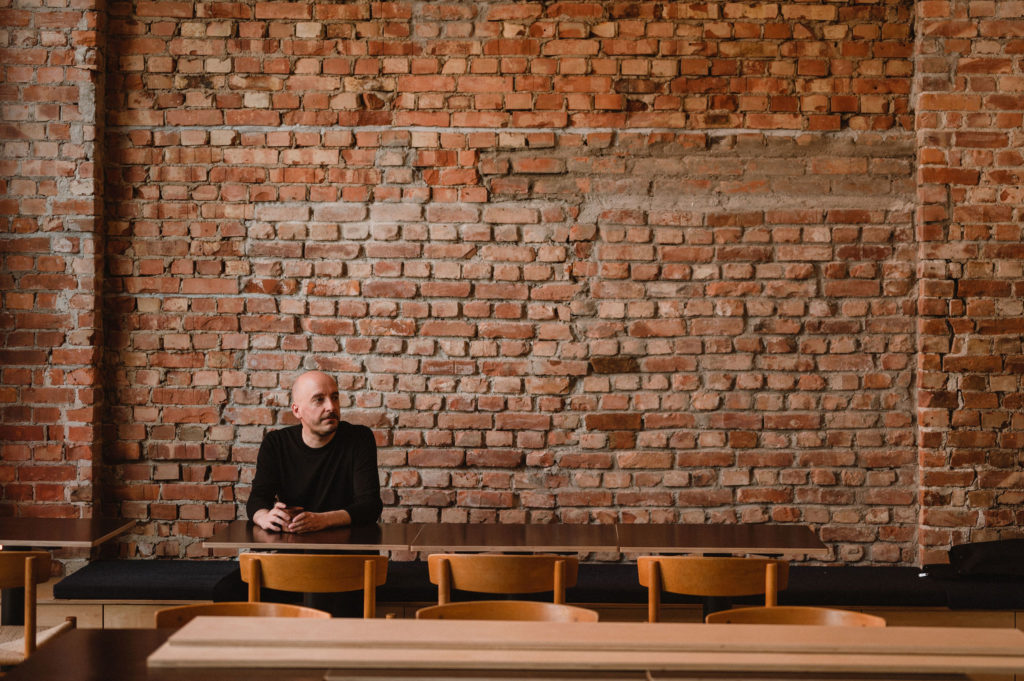 Jonny Klokk
Jonny Klokk
Strong Foundations
Jonny is one of the visionaries behind the WoHo Berlin planning, but when discussing the Mad Arkitekter’s process, both for the WoHo Berlin and more globally, he points to the team dynamic at the firm as a major contributor to their success. Perhaps an unconventional structure for an architectural firm, their organization is not built on the foundation of one single person’s ideas, rather on finding the right people and collaboratively developing ideas, finding solutions, and implementing them.
As Jonny describes workflow in the firm, he continuously calls attention to the Mad’s dedication to using all of their team members’ strengths and to resisting a normative organizational style. “We have a flat hierarchy so we don’t have a traditional structure for an architectural firm.” And this hierarchy, no matter how unconventional, works. The ideas for all of their designs and building plans have to come from somewhere, and Mad is happy to make this process a collaborative one. Jonny says, “Every project has a small group of people that meet regularly to discuss ideas. As for the Woho, this was Fridays, and this group consisted of people with different skills. Some of my colleagues are really good at following through, some are German and know the regulations really well, some of them work through concepts – so we have this kind of board with different kinds of people that discusses the project, and that’s often how we work.” This model allows for a more holistic approach to planning and communication, which comes through strongly in the firm’s outputs. Jonny emphasises that a multitude of perspectives and expertise is an important piece of the puzzle. “Sometimes as an architectural firm people can get very pragmatic so it’s good to have people who look at how all of this can fit together.” And through this process, a collaborative idea is born and implemented.
"You need to have an idea of green architecture that’s more and more diverse."
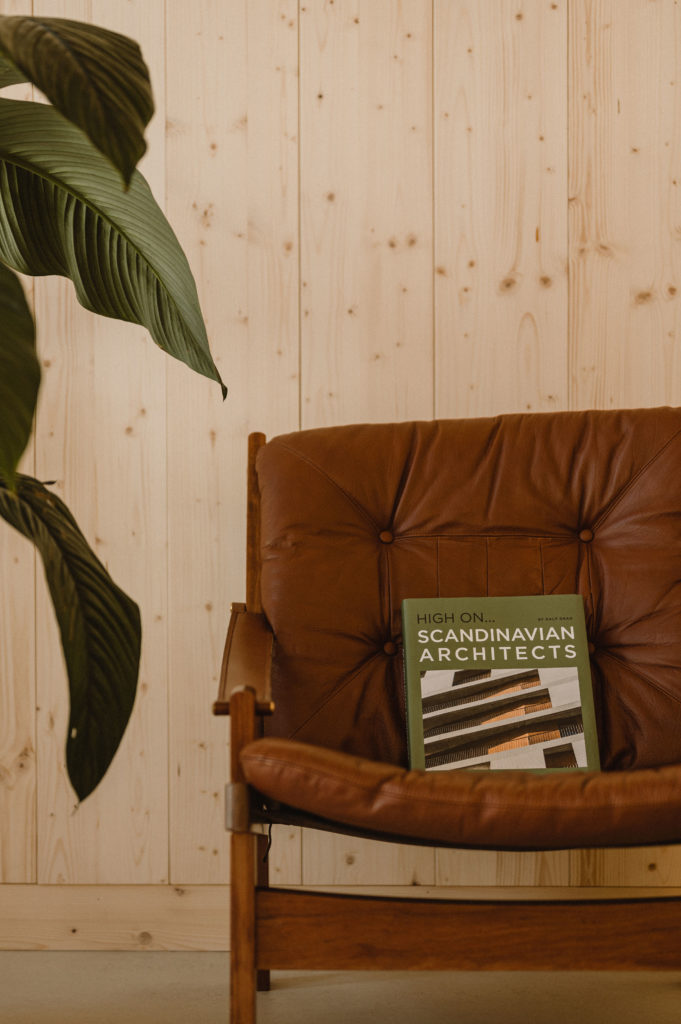
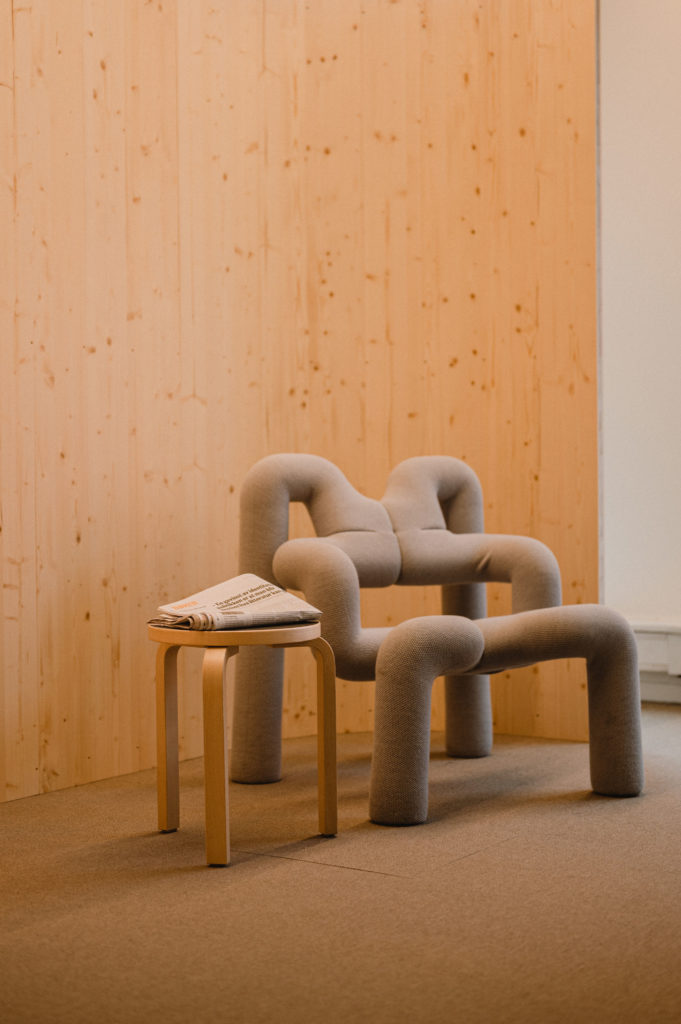
Conceptual Building Blocks
Another refreshing approach Mad takes to its projects is its commitment to one, single idea. Rather than focusing on the firm’s overall vision, aesthetic, or simply on pragmatics, an essential part of the process is landing on that one original concept for a project.
When talking about Mad’s process, Jonny actively emphasises the importance of building with purpose. “We always want our projects to do something for the city, so we try to have language around the project that makes sure it gives back to the city.” Of course, this is a nice thing to say, but when it comes to putting it into practice it’s more difficult. Mad, however, has incorporated this policy into their very definition of sustainability, so naturally keeps it in the forefront of their planning process. Their definition of sustainability is strikingly wide, ranging from financial to social, and back to environmental again. Some of the challenges of remaining sustainable have to do with resources and bandwidth, but the social aspect also plays an important role. “If you’re thinking about being sustainable, that’s a good way to work – it’s all about sustainability. Sustainability is oftentimes equated with financials, but it’s also about social sustainability. You have to have all of these things in a project to bring it into existence.” This more global take on sustainability has allowed Mad to plan in a multi-directional way and integrate their buildings into the pre-existing landscape.
Mad also takes environmental sustainability seriously, and, not surprisingly, uses a wide definition of what that means to inform their decision making. They use a variety of techniques to remain environmentally friendly, among them using materials like timber that reduce their footprint, reusing existing materials, or repurposing spaces in interesting or innovative ways. “We do a lot of conservation projects where we take buildings and transform them, rather than making something new. For one project, we took a parking garage and turned it into a bar – a spiral bar instead of a driveway. For another project, 70% of all of the materials used were reused from other projects, and this obviously shapes the aesthetic.” The variable materials and design elements mean that being truly green also means being adaptable, and so it’s also a move away from one singular style.
While aesthetic still plays a large role in green architecture, being inventive and ensuring a building’s long-term functionality is also important. “If you’re going to get people on-board for the green shift in architecture, you’re going to have to do projects that aren’t just functional. In earlier days, environmental architecture was just using hay or clay to build walls, and it looks very natural. That’s one way to do it, but to be able to have a vision that actually works in cities, in the countryside, in different countries, and to make it environmentally friendly, you need to have an idea of green architecture that’s more and more diverse.” This not only takes a certain amount of flexibility, it also takes a lot of adaptive brain power. Jonny also points out that one of the most sustainable things a firm can do is make a building that people actively like to look at and to use – that serves the space where it’s built and remains functional over time, because when that’s the case the building won’t be torn down or rebuilt. This is an important part of the vision for Mad’s Berlin-based project, the Woho Berlin.
Visions of Woho Berlin
Behind Woho Berlin
Mad Arkitekter was invited, along with 10 additional firms, to enter into a competition put forth by UTB Projektmanagement to compete for the rights to design and construct the WoHo building. After the first round of competition, Jonny says that Mad found themselves in a sea of German architectural firms, but still came out on top. “We came through to the second round together with four other companies, and what was fun was that it was us Norwegians and all of the other companies were all Germans.” The task for the first round, which was being able to integrate building plans into the city they’re working in, is a deeply ingrained practice for Mad Arkitekter, but in the second round, their design won because of the concept they came up with.
Jonny believes that what really made Mad’s plans stick out was twofold: the integration of public space into a private residence, and using both small- and large-scale planning simultaneously for the building designs. He says, “I think that what set us apart was the way that we integrated the city into the entire base of the building.” Using small-scale planning for the private side of the building’s functionality, while also prioritising an integration of large-scale envisioning for public and commercial use.
Mixing small- and large-scale planning came from an idea that was hatched in one of the firm’s regular board meetings. Simple at its inception, the idea that holds the whole design together is to create a whole microcosm of a city block – only vertically. Jonny recalls, “We were discussing how to do the vertical points from the perspective of a city block and we were discussing what kinds of feelings we wanted to encapsulate.” The feeling of the space, specifically of the Kreuzberg neighborhood where WoHo will be located, became the starting point for the concept that would tie all of the plans together.
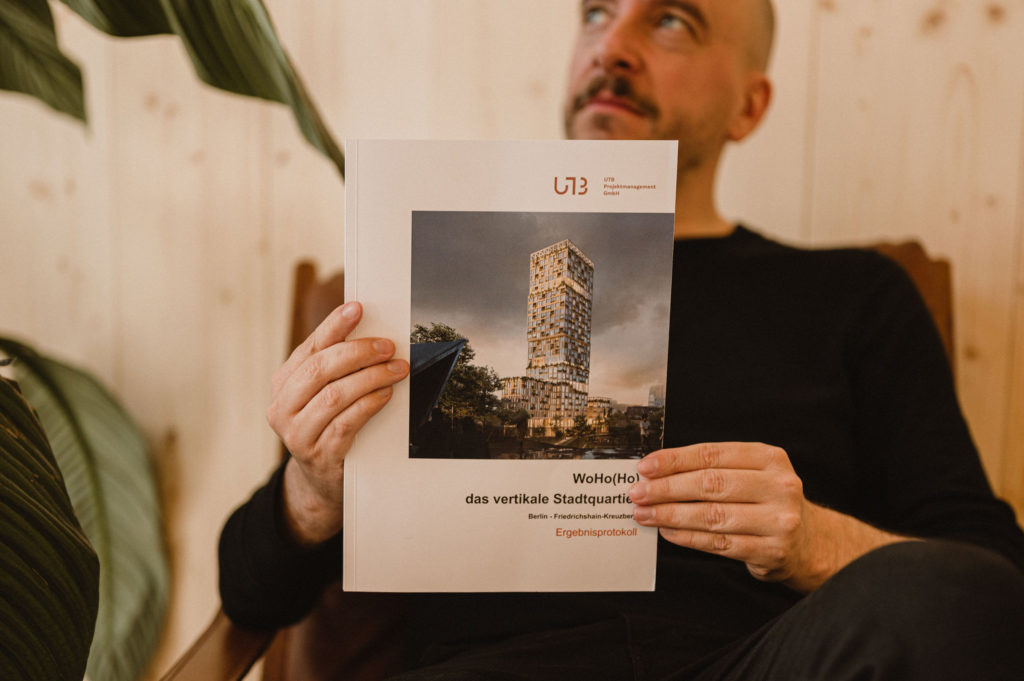
“We always want our projects to do something for the city, so we try to have language around the project that makes sure it gives back to the city."
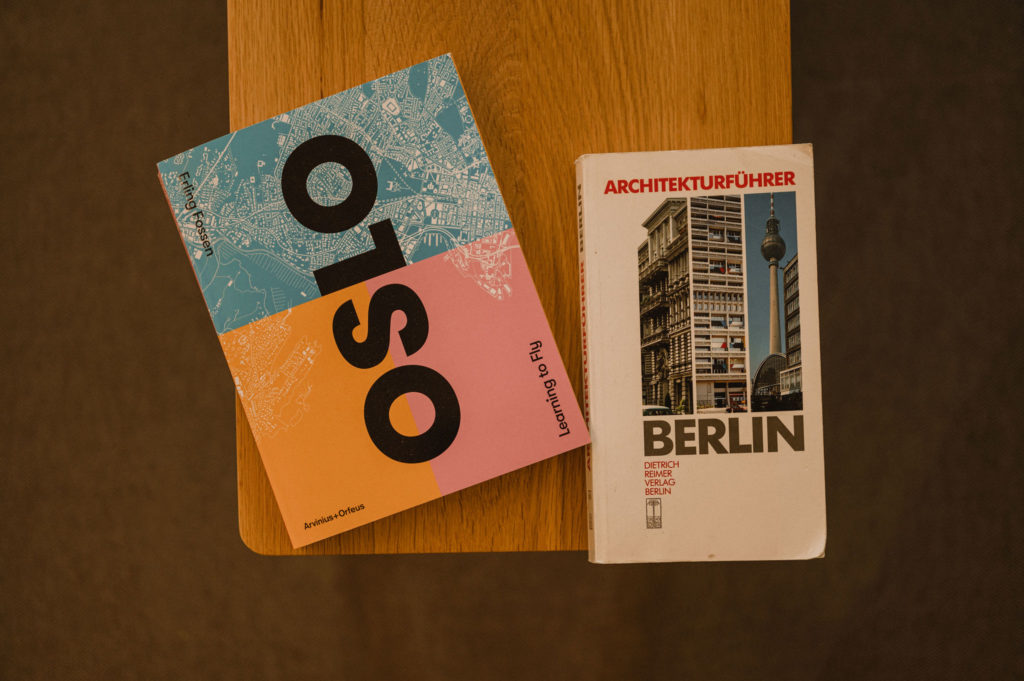
During the initial discussion when Mad came up with their base concept, the founders’ history with Berlin came in handy. “The three founders came to know each other working in Berlin, because in the 90s there were bad, bad times for newly educated architects in Norway. The founding partners lived and worked in Berlin for a few years, so they got to know each other, and then they went back to Norway and started Mad a few years later.” As it turns out, the experiential base the founders had with Berlin was integral to the planning process for the WoHo.
The idea the team finally landed on was inspired by the Berliner Höfe, or small courtyards that populate the apartment complexes and neighborhoods of the city. “We were talking about the Berliner Höfe, these little courtyards you can walk around in Berlin. You can just walk by and ride your bike around a neighborhood and you have these courtyards that you can go into and see something nice. They’re all quite lush and green. Then we thought, what if we can establish these kinds of Höfe inside our plots – so the Höfe, insead of being inside a courtyard, are exposed to the residential parts or to the neighbors.” This initial spark of an idea carried through all of the stages of planning, making it possible for Mad to elegantly integrate the public into the private.
The idea of the city block came quickly after deciding on the concept of the inverted Höfe. Jonny remembers, “Then one of my colleagues started drafting a sketch, so this was sort of just an image of a square with some small parts within it, and it became a courtyard, only inside out. And then we just started piling these small blocks on top of each other.” The concept is simple enough, but it gives a clear grounding to the plans and helps with logistical decision-making. It also makes the more technical or abstract sides to the project more accessible – they resonate better, because everyone can relate to the image of a private, yet public green space in their neighborhood. Jonny says, “This small sketch, this small idea of a city block, followed us all the way through. We have a lot of intention with projects, and so they resonate all over the world. We still tell this story, this simple story, and it works.” Their simple, relatable idea has allowed Mad to plan an ambitious building that’s grounded in the way people live – public and private, in small and large scales, and in a community-based space.
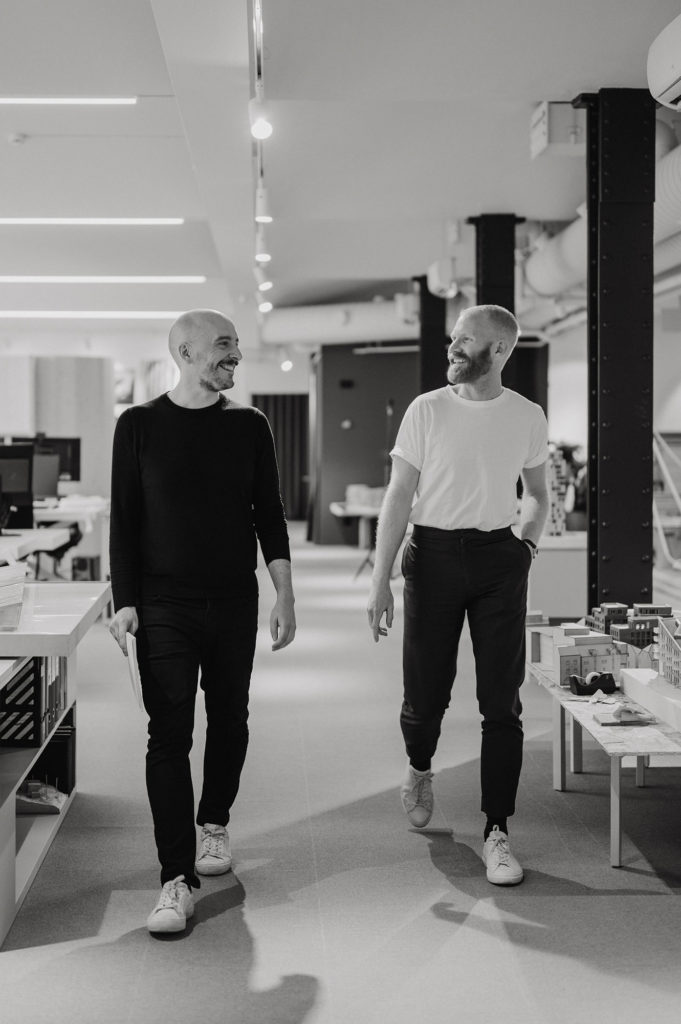 Jonny, left, with WoHo team member Emil Pira
Jonny, left, with WoHo team member Emil Pira
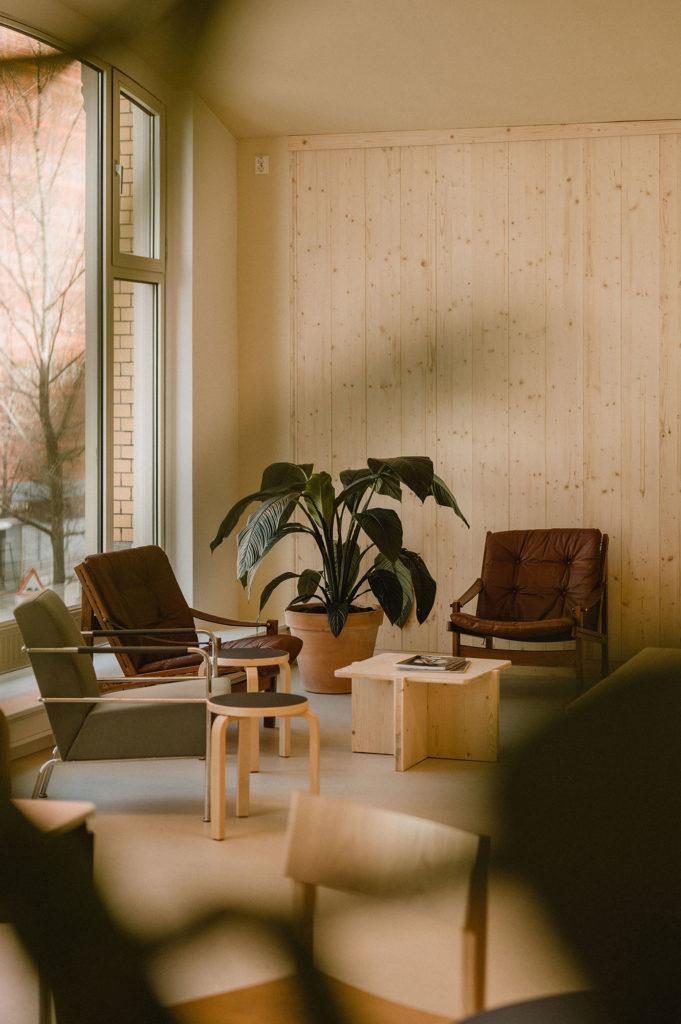
WoHo Design
The concept of WoHo is interesting in and of itself, but the way Mad has been able to spatially embody the story is no less impressive. The building is a mix of residential, public, and commercial space with the breakdown landing somewhere around 60% of the building being used for residential space, 25% as commercial space, and 15% being dedicated to public use and social infrastructure through building workshop spaces, kindergartens, and common spaces like gardens or cafés.
A delicate balance has to be struck, as in order for the building to be used as a primarily residential area, public use of the space can’t interfere with peoples’ private lives. The solution is to make certain sections accessible to the public, while still maintaining private sections for the residents. Jonny explains, “There’s a specific base of the building that’s from seven to nine floors high, so we spread out the program and gave public access through a stairway so that people could enjoy that entire part of that building.” Creating a public access point for the building is integral to the overall concept. Jonny elaborates, “It’s a vertical city block, so we’ve done that quite literally. When it’s finished, the public will be able to access big parts of the building.” This division between public and private spaces within the building also makes sense when looking at it from the perspective of a city block – public and private spaces are generally kept seperate, mediated only through the inclusion of a Höfe, just like in the WoHo. The cafés, gardens, and other public spaces are also designed to give the building its own neighborhood feel.
Mad also wants to make sure that the building blends into the skyline effectively. Rather than planning a huge new high-rise that sticks out, the hope is for the building to blend into the cityscape seamlessly. Jonny says, “The WoHo has this micro-scale, because there aren’t so many high rises in Berlin. When you come up to the eighth floor and above, it needs to blend in.” To do this, Mad took specific measurements, both numerical and empirical, of what the skyline in the neighborhood actually looks like. “A typical Berlin block is 22 meters high. We wanted it so that if you’re standing to the south, which is where you can see the building from, you can only see the high-rise part in the distance. That way it doesn’t destroy the cityscape. We want it to have a scale that always places the higher things in the background.” The hope is that this sort of thoughtful planning will make the building a positive and integral part of the neighborhood over time, rather than an obstructive new addition.
"Sustainability is oftentimes equated with financials, but it’s also about social sustainability."
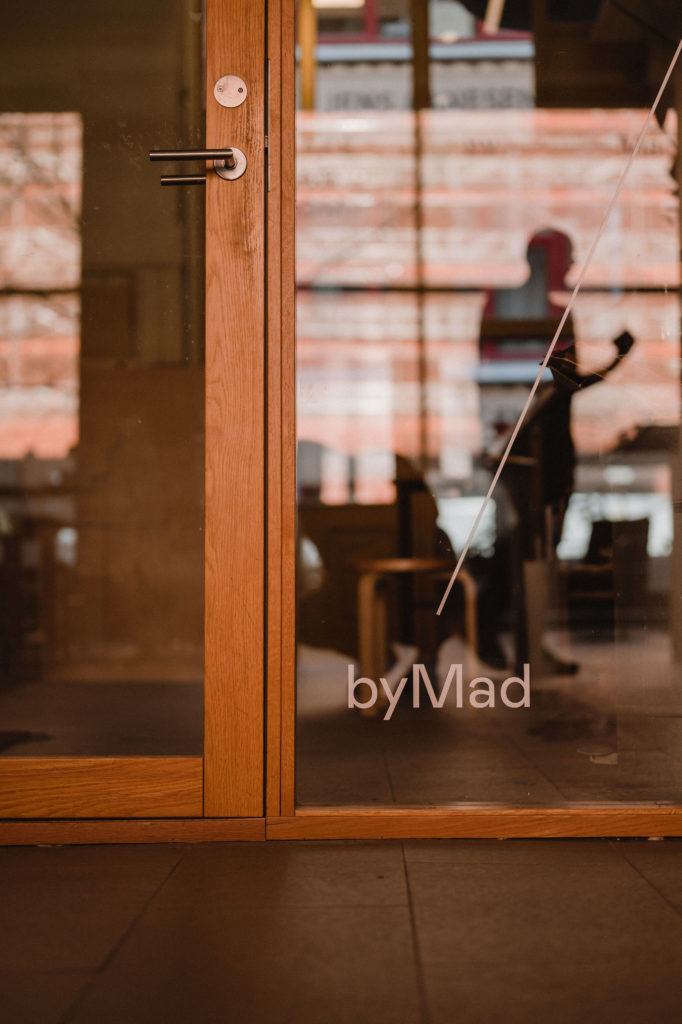
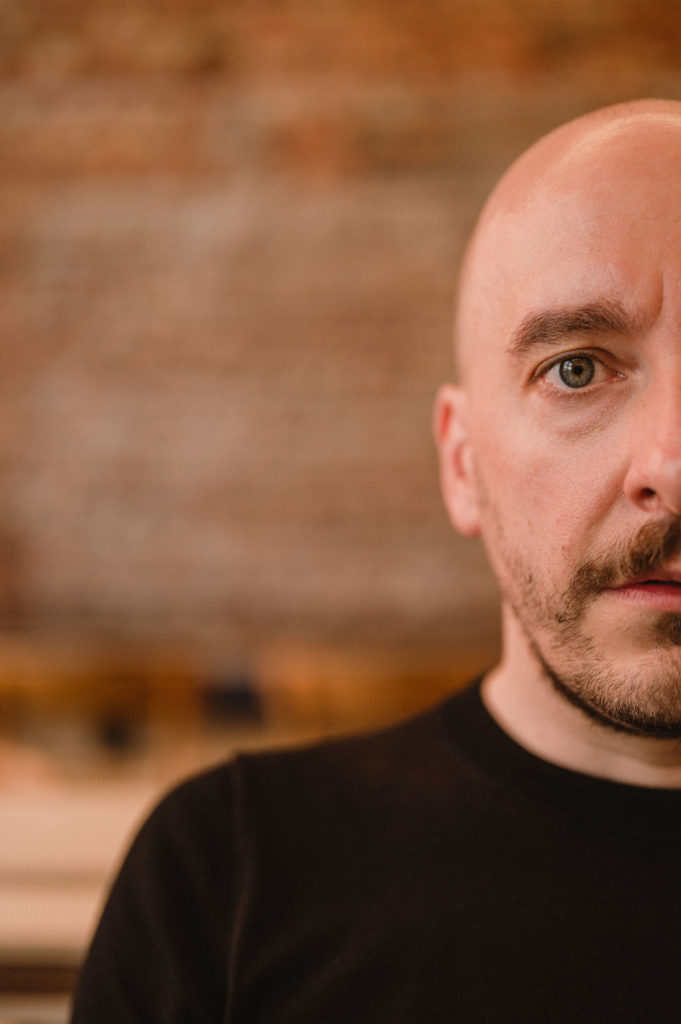
Timber and Tactility
Perhaps the most interesting part of the building plans for the WoHo is that its primary building material is timber, which is rare for high-rises. Despite timber’s relatively low CO2 footprint and light weight, the fire safety concerns and high cost of maintenance make it a less often used material. The decision to use timber didn’t come from Mad Arkitekter, rather from the client. Regardless, Jonny finds the choice of building material to be a positive one. He says timber is, “a sustainable choice compared to traditional materials because, compared to a concrete structure, the CO2 emissions are very low.” Not only is the production of timber more energy-efficient, it’s also much easier to build with. Jonny continues, “It’s a very light material, so it’s easier to transport to building sites. And since it doesn’t weigh so much, it’s easier to build with and it’s way quicker to build with than a regular build.” A quicker build is also a huge plus when building in a city, especially in a busy neighborhood like Kreuzberg.
Aside from its environmental benefits, Jonny finds timber to bring an important emotive side to the building. “And of course timber gives you… it’s pleasant. When you’re close to timber, it’s warm, it’s tactile. And all of those things build some emotion into the architecture.” He believes that through using timber, the space itself becomes more alive and relatable. “It’s very positive to touch – it’s very human. And there are certain feelings, certain attitudes that it gives us – the pleasure of being near to something, to be able to feel the difference between soft and hard, warm and cold. Timber gives us this kind of tactility, which is a good thing.” Although less talked about, timber just plain looks and feels good. It’s a natural insulator, sure, but it also brings out other kinds of warm and fuzzies, which contribute to the overall goal of making the space a home to its residents and neighbors.
From the conception of the idea for WoHo Berlin to the minute details that help the designs adhere to that vision, it’s both an adaptable and forward-thinking structure. In Jonny’s words, “It’s not your typical high-rise – your typical high-rise would be glass and steel, and this is much more of a small society wrapped up in a material that is actually being used for its utility. So it’s a different kind of high-rise.” A different kind of high-rise from the building material straight down to the planning process seems fitting, because Mad Arkitekter is a different kind of architecture firm.
To find out more about Mad Arkitekter or the WoHo Berlin, visit their website.
